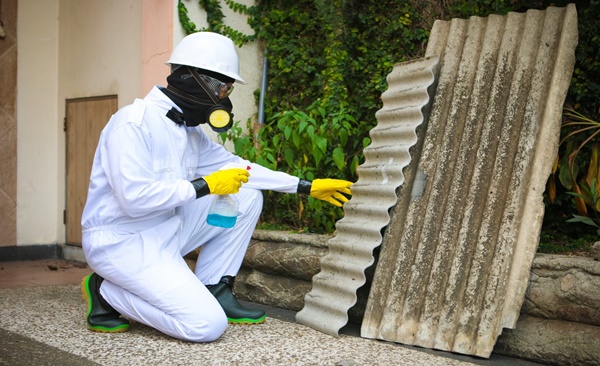Asbestos’s adverse effects on human health are well-documented, but fewer people know about its harm to ecosystems. People put themselves and others at risk when they try to remove asbestos themselves instead of hiring a professional.
Asbestos is a harmful material that can lead to severe health issues for which there is no treatment—because of this, having any asbestos in your home removed and disposed of correctly is a top priority. If you don’t, you might endanger your own and other people’s health. A qualified industrial asbestos removal firm will be aware of the dangers associated with asbestos and will be able to remove and safely dispose of the material.
Asbestos removal is typically done because building components need to be replaced. If you aren’t a skilled builder, you probably won’t be able to get the job done well. However, a seasoned asbestos removal crew will have all the tools and expertise they need to get the job done right.
Removal companies are highly skilled and knowledgeable specialists in asbestos removal. The best action is to hire a competent crew to deal with the issue.
STEPS
Only a licenced asbestos cleanup service can safely remove asbestos from a building. Asbestos abatement is a dangerous job; thus, qualified specialists will wear protective clothing and use respirators. Industrial asbestos removal will commence when the affected area is cordoned off with plastic. During this phase of the asbestos removal process, entry will be restricted to those directly involved in the operation. Asbestos will be removed and put in airtight containers. The bags will be collected and taken to a landfill or other suitable disposal facility. The Environmental Protection Agency has certified that this method is safe for use.
Uses appropriate measures to ensure safety and leverages tools:
Asbestos is hazardous if it is disturbed. Asbestos exposure can cause various health problems, including difficulty swallowing, hoarseness, high blood pressure, and swelling of the throat and neck. Lung cancer and asbestosis are only two of the terrible outcomes that can result from prolonged exposure. Furthermore, a professional organisation would have invested in state-of-the-art machinery.
DIY vs hiring a pro
Hiring a specialist is recommended when there is too much asbestos for the available resources to handle. It would help if you always asked whether you are allowed to clean up by yourself. Several professional and government organisations are responsible for clearing the city of this harmful silicate waste. Professionals with the proper expertise and equipment should handle the removal of asbestos from homes. Aside from that, they are aware of the best places to dump the materials.
How can one know whether someone has been exposed to asbestos and developed a disease?
Anyone exposed to asbestos fibres, either at work, in the environment, or through a family member, should talk to their doctor about their exposure history and whether or not they are experiencing any symptoms. Asbestos-related illnesses sometimes may not show symptoms until decades after initial exposure. If you notice any of the following symptoms, you must see a doctor right away:
- difficulty breathing, wheezing, or hoarseness
- A chronic, worsening cough
- Coughing out a lot of phlegm (lung fluid) that has blood in it
- Pressure or discomfort in the chest
- Choking and difficulty swallowing
- Facial or neck swelling
- Disturbance in eating habits
- Slimming down
- Tiredness or anaemia
Apart from that if you want to know about “When is the Season for Common Household Pests” then please visit our “Home improvement” Category.

